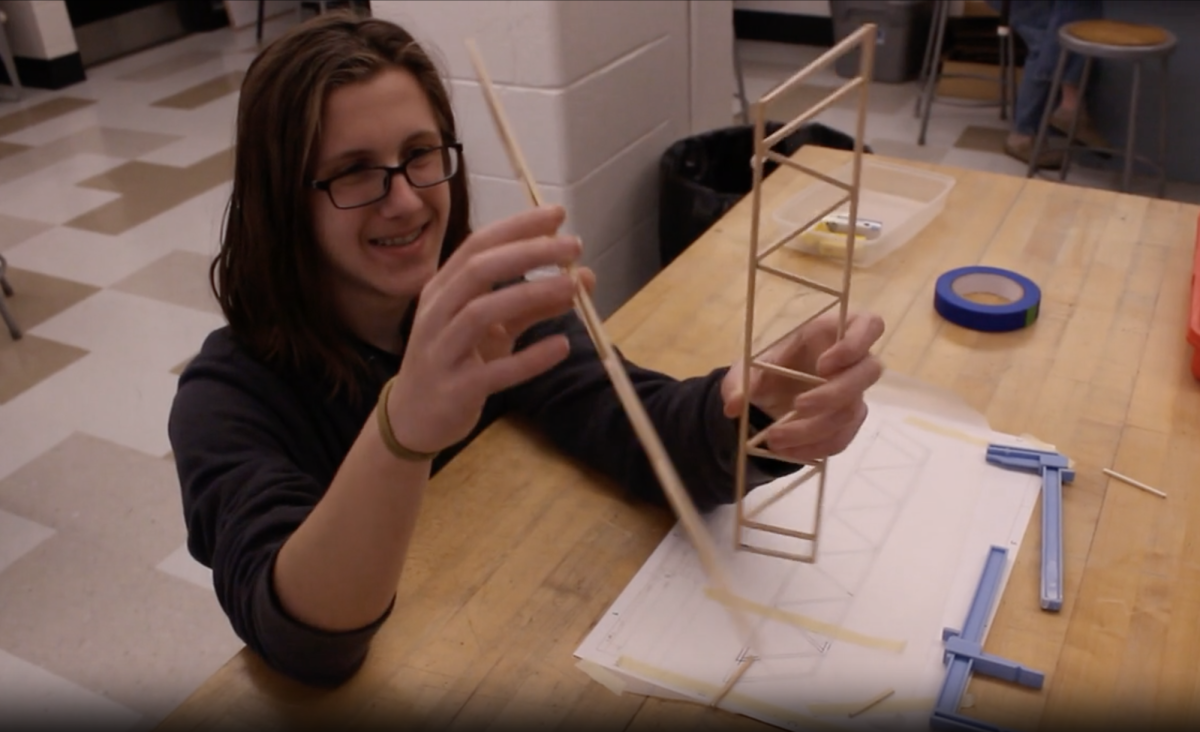Students and staff have embraced three FID days so far this school year.
Schools have been practicing flexible instruction days also known as “FID Days” since 2019.
On days when it is unsafe to come to school due to bad weather conditions, students are able to learn from home, according to the Pennsylvania Department of Education. FID days are used as a work-from-home snow day, so students do not have to make days up in the upcoming months.
English teacher Kate Wilt has been teaching at Susquehannock for 22 years, so she understands what a FID day is all about.
“Flexible instruction is a task that is approachable digitally where students can join on meets and collaborate virtually when we are not together,” Wilt said.
FID days are a way to add flexibility to the usual school routine; however, not everyone feels the same about it.

“I feel like it’s a great way for students to continue their school work while at the same time enjoying a snow day and avoiding having to make up school days in the summer,” Salla said.
Some students and staff like the idea, while others have mixed feelings.
For many students, the FID days can be met with enthusiasm. The feeling of having more control over their learning environment, including being able to work in the comfort of their own home, can be appealing. This flexibility allows students to better manage their time.
“Timing is a big thing, something that is a good mix of talking together as a class and also allowing in an opportunity to have them independently work on a task,¨ Wilt said.
This flexibility can also accommodate personal commitments and even change their learning environment to suit their personal needs. For students who face challenges of commuting to school or health concerns that limit their ability to attend in-person classes regularly, flexible instruction days can provide much-needed relief and accessibility.
On the other hand, some students and staff may express concerns about FID days.
One common worry is the potential for decreased engagement and accountability when learning remotely.
“Students showing up is a big challenge, and making sure they are engaged especially when it’s just an icon, ¨ Wilt said.

Without the structure and supervision of a traditional classroom setting, students may struggle to stay focused and motivated, leading to decreased productivity and learning outcomes. On top of that, concerns may arise regarding the quality and effectiveness of instruction delivered during FID days, mostly if teachers encounter challenges in adapting their lesson plans for remote delivery.
The social aspect of education is a crucial component for many students, and the absence of face-to-face interaction with peers and teachers during flexible instruction days can be perceived as isolating or lonely.
Freshman Addison Vickers has had some hurdles to overcome at home.
“During FID days, I have experienced many challenges including staying focused and lack of help from my peers,” Vickers said.
Students may miss the opportunity for in-person collaboration, discussion, and support that occurs naturally in a classroom setting.
Additionally, for students who rely on school as a safe and supportive environment, the lack of physical presence during flexible instruction days may increase feelings of disconnection and anxiety.









